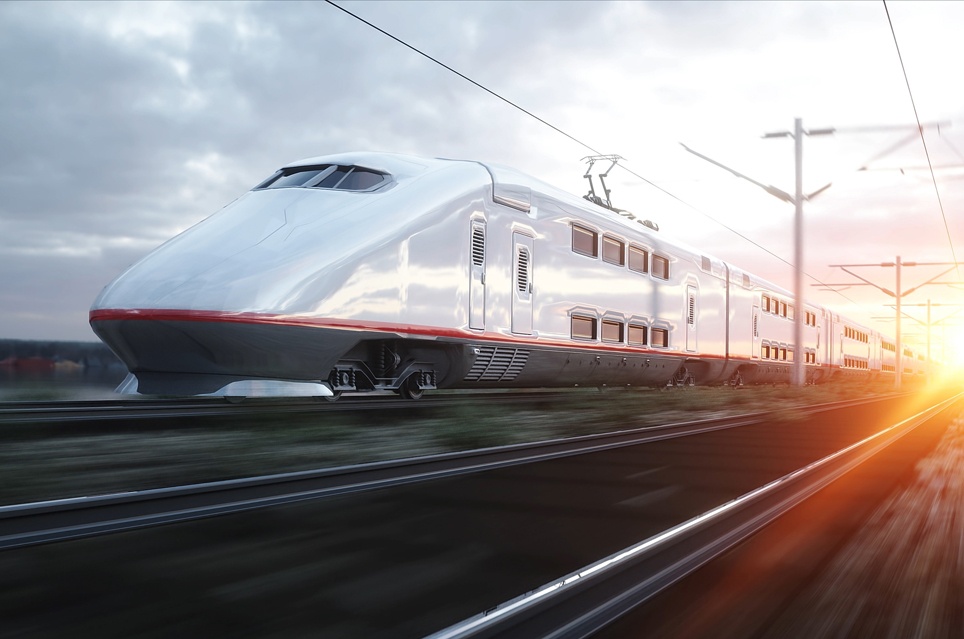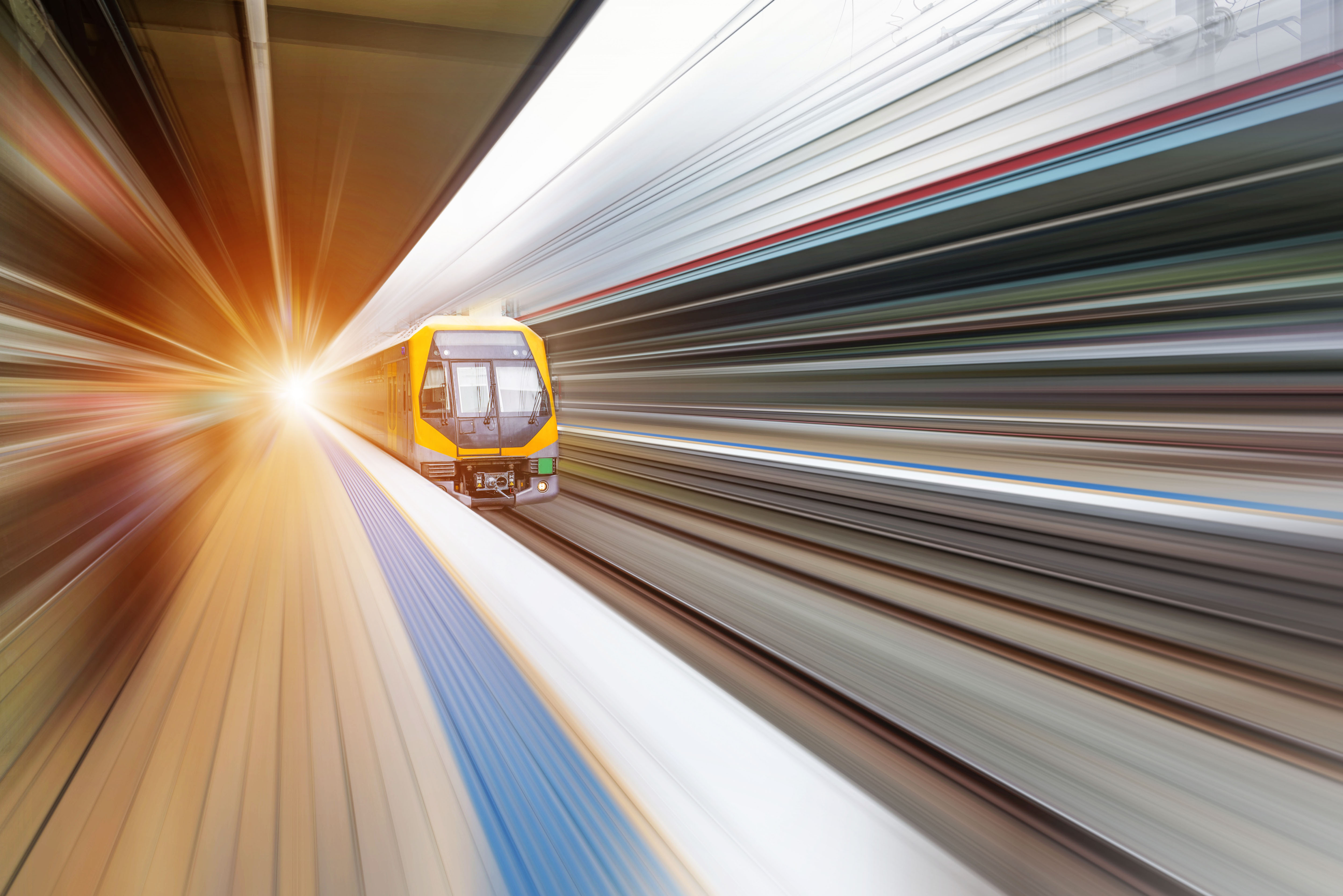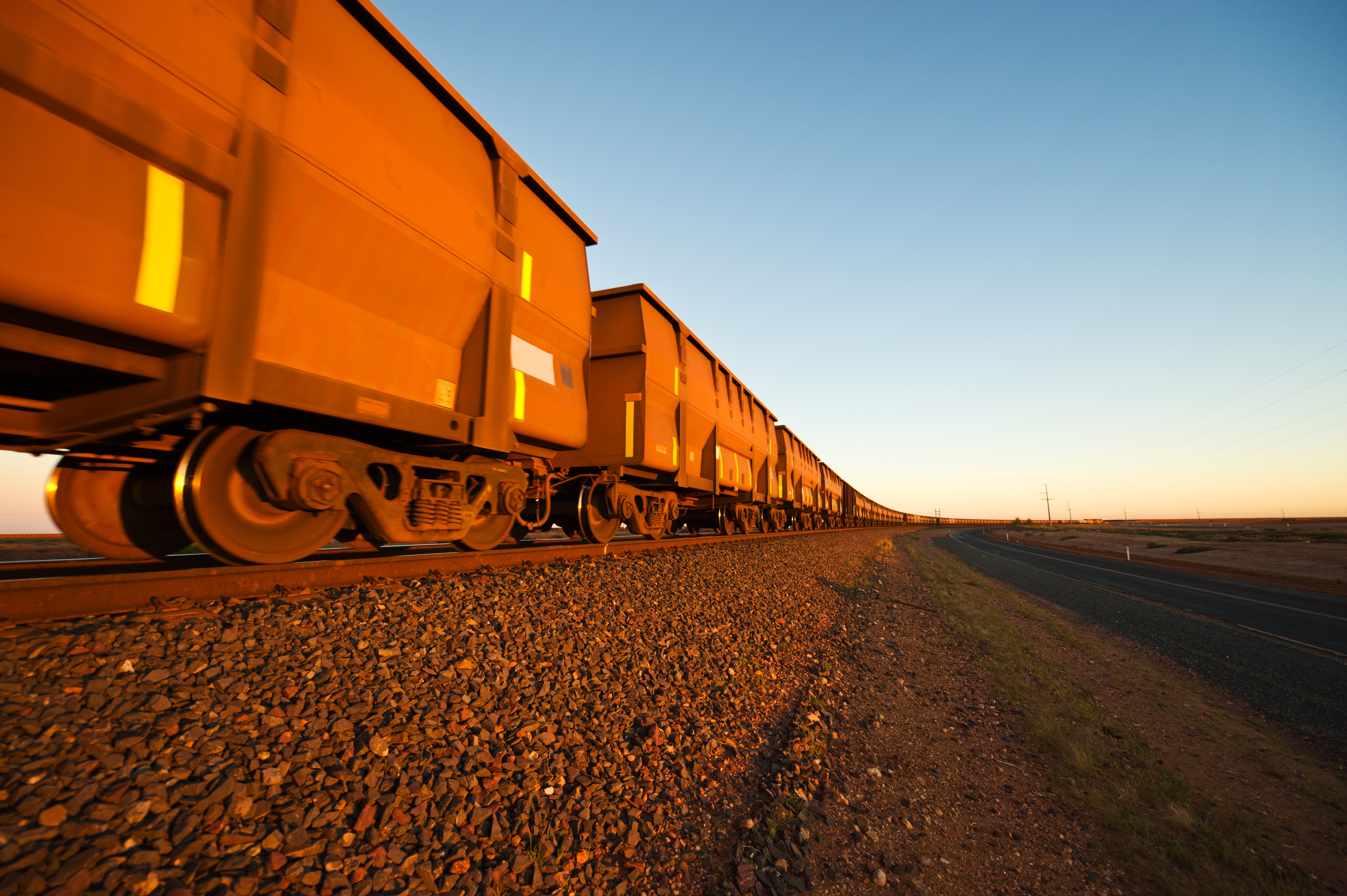In 2014, Mr Jorg Manegold, German Rail’s head of purchasing, said that if the industry carried on the way it was going there would be future for rail. He said that while the road industry spends 11% of its revenue on research and development, and the air transport spends 7%, rail typically spends just 3%. Without addressing this, Manegold warned, “the future will be with the car.”
The rail industry needs to win over new customers while making sure it doesn’t lose its current customers. The culture in the industry has historically been reluctant and resistant to grasp innovation. Train companies must listen to their customers and be prepared to step into the future, otherwise, they may be left behind.
However, it’s not all bad news for the industry, and many rail companies are already turning to innovative and exciting ideas for the future. Here are a few examples:
Smart Cards
London led the way with this technology, and passengers have been able to use their cards to touch on and off since 2003. Now, smart cards are being used all around the world, from Sydney to Hong Kong. Smart Cards save time, money, and paper, reducing waste and making travel much more convenient for passengers.
Facial Recognition and AI
While smart cards have been an example of how technology can make life easier for passengers, soon we’ll be able to do away with any cards or tickets altogether. Facial recognition is already being used, with infrared lights able to capture the orientation, shape, and texture of our faces with an incredible amount of detail.
Passengers in Wuhan, China are already using facial recognition, and within a few years the industry may completely do away with ticket barrier.
Kinetic Energy
Pilot projects have already begun in Russia, where a stretch of pavement within a handful of stations have been fitted with tiles capable of converting kinetic energy into electricity. This electricity is then used to power various parts of the station.
The current partnership between Energy, Floors from the Netherlands and the Russian Railway Institute may change the way that all railway stations are powered in the future.
Big Data
This is a buzzword for many different industries but Big Data has massive potential for the rail industry. Big data is the volume of both unstructured and structured data that’s so large it’s unable to be processed traditionally.
The rail industry is already gaining insights from the data it’s collecting through wireless signalling, CRM systems, smart cards, and social media. This has enabled operators to get a deeper insight into movement and behavioural patterns, so it can make better choices.
This includes operational decisions like passenger flow management and staff deployment, along with targeted marketing and improved customer service.
Alternative Power Sources
As diesel continues to be volatile and expensive, the rail industry is already moving towards alternate sources of power. These include LNG, hybrid, and solar solutions which will make rail cheaper, greener, and much more efficient.
In the Netherlands, the network will soon be running on wind energy, while Germany is using hydrail fuel cells for its network.
These are just a few ways the rail industry is already embracing innovation. To learn how your company can embrace innovation with off-grid power, get in touch today and let’s chat.




